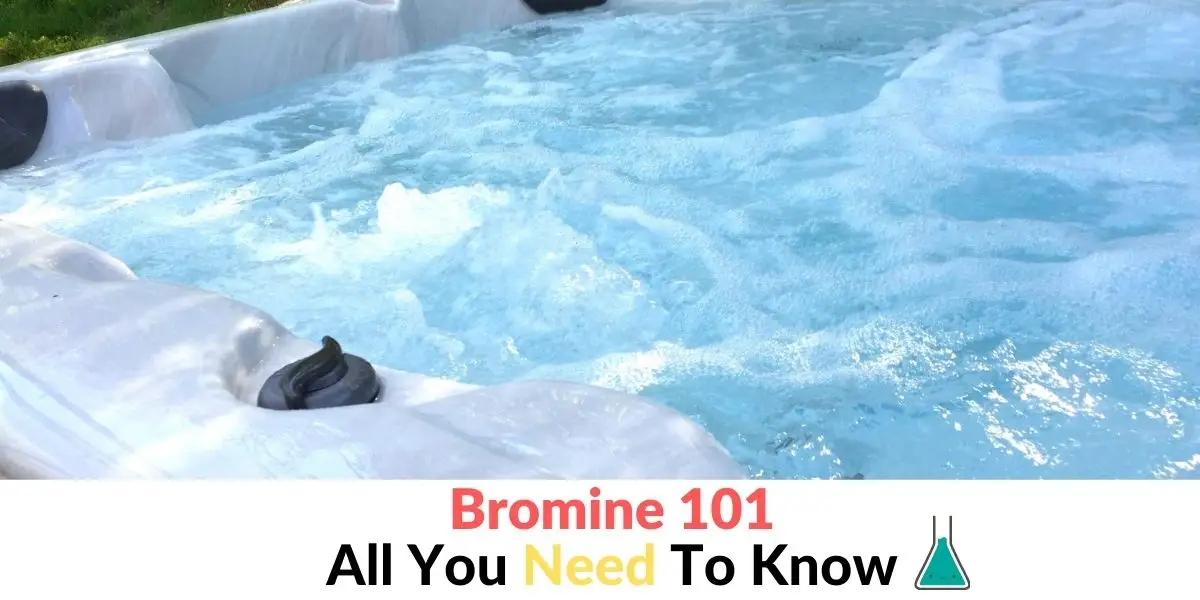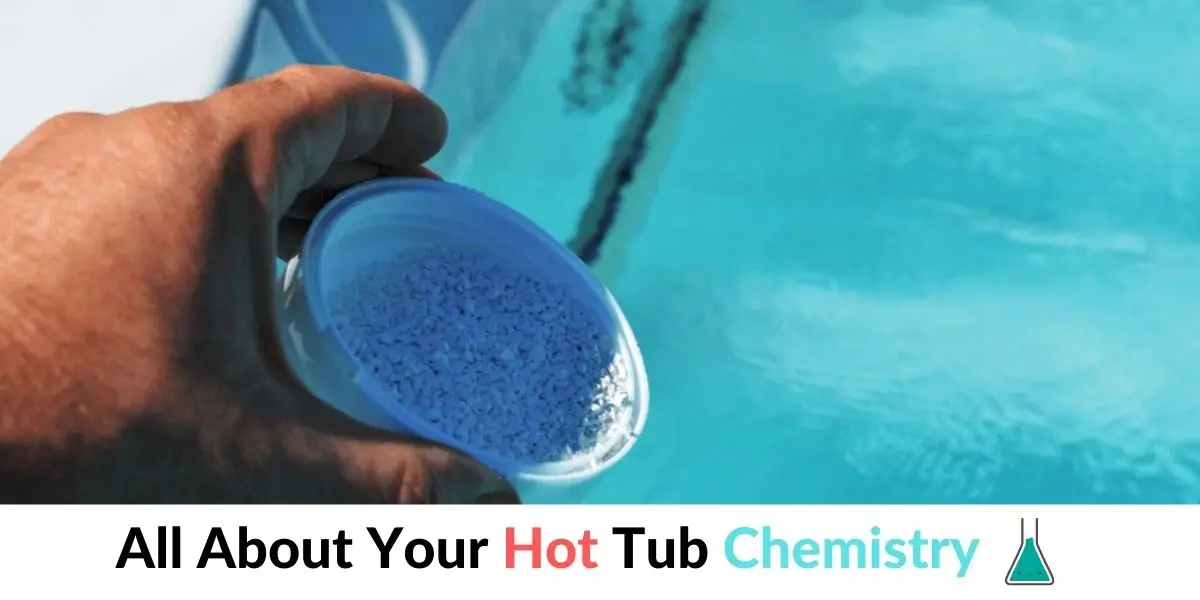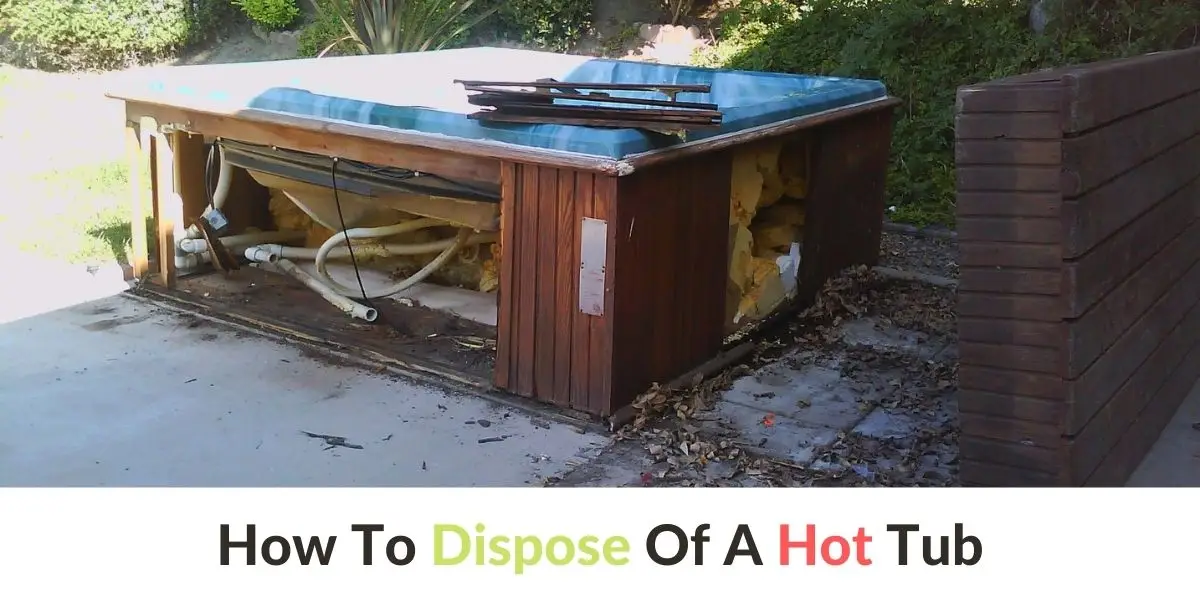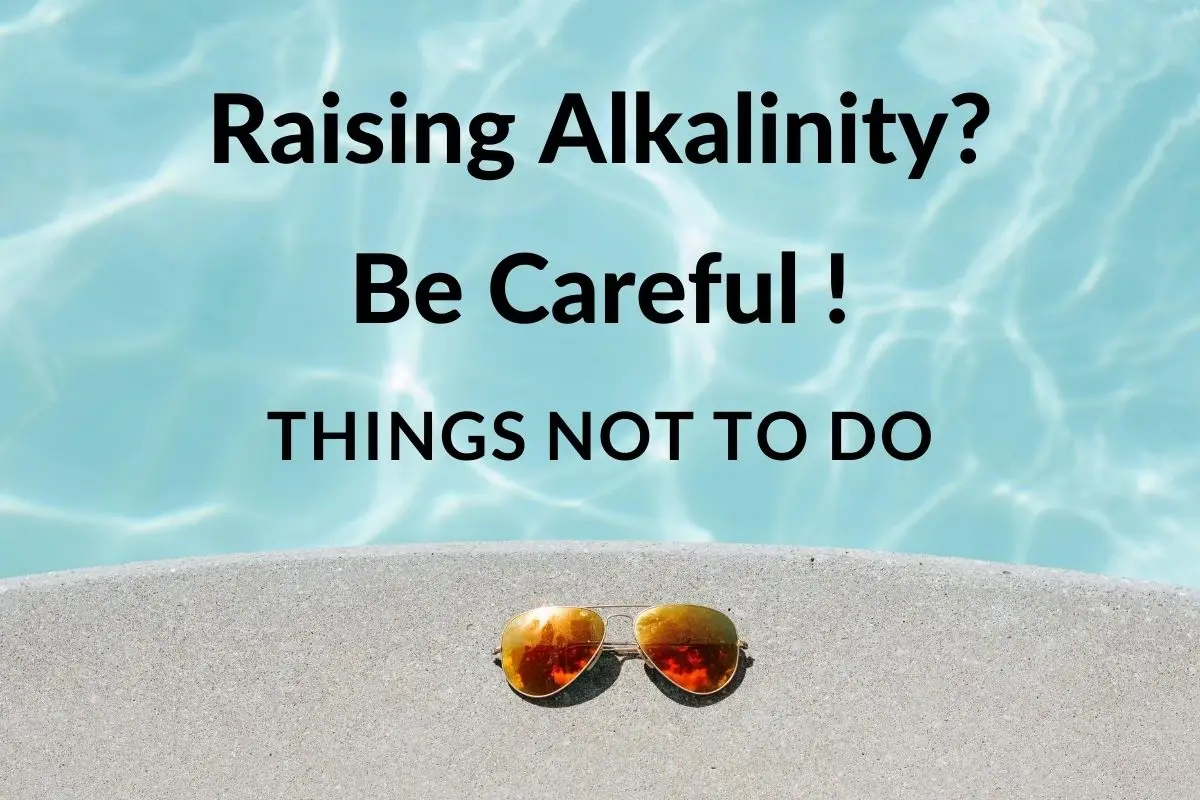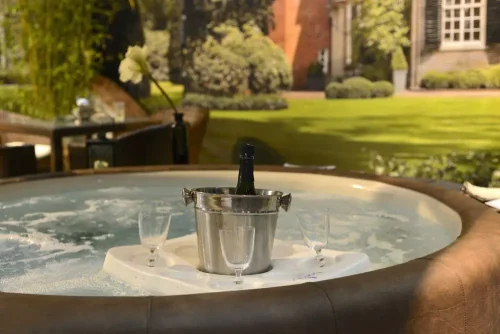Should I Shock My Hot Tub With Chemicals After Refilling?
Shocking the hot tub means using dichlor chemicals during refilling of the hot tub and it is considered quite a common and helpful practice.
Shocking your hot tub may seem to potential buyers like an unusual and “outside the box” idea. However, shocking a hot tub in order to clean it and clear the water from any potentially harmful bacteria and microorganisms is not even remotely strange as it sounds.
The shocking treatment can also be applied before or after intensive use of the hot tub, or in cases where the owner has a slightly neglected hot tub, ensuring it‘s safe use. Shocking the hot tub water basically means adding a higher dose of oxidiser chemical to the hot tub water, thus it is also known as oxidising. Shocking the hot tub is advised as a treatment performed once a week, approximately.
Shocking or oxidising the hot tub water provides security that any bacteria, algae, microorganisms or other organic debris that are considered impurities are destroyed. This way, they will not pose a health threat to hot tub owners, enthusiasts or anyone else using the hot tub. The main reason why shocking your hot tub, especially with dichlor chemicals, is a popular method is that it is far more stable at higher temperatures. It also has an almost neutral pH value, which is important for the water‘s purity and clarity.
When can I Add Chemicals to my Hot Tub After Filling?
All hot tub owners that are responsible for its maintenance should start adding initial chemicals starting from 12h, 24h and 48 hours after the hot tub has been operational.
This instruction can be found in the manual “Refilling Your Spa”, section “Operation and Care Guide”, that explains these steps in detail and length. This process should be performed in combination with conducting a series of tests with test strips or a test kit. This will indicate the right level of alkalinity or acidity of the hot tub water and indicate which chemicals exactly need to be added so the pH value remains within neutral range. This step is completed only after the hot tub water is hot and has been running for at least 24 hours.
Adding chemicals to the hot tub water should also be conducted baring in mind the quantity of the water inside the hot tub. This makes sure that the water is not over-filled or under-filled with chemicals and the ratio isn‘t out of balance. The owner needs to be aware of the number of gallons his hot tub contains and go through this task accordingly. This information is found on the model specification pages and is not one to be neglected. Despite the boredom they sometimes may inspire at excited hot tub owners, Instructions and Specifications are a useful source of information.
Another piece of information that is important is the chemical concentration of the brand of product the owner is using.
Even though this information may sound like a lot of unnecessary reading and time-consuming activity, it should not be discarded so easily.
What Chemicals do I Add to my Hot Tub After Filling?
There are a couple of steps the hot tub owner or caretaker needs to go through after filling it with water. These steps are as follows:
- The first chemical that needs to be added is a pH increaser, a chemical that will raise the pH value of the water in the hot tub.
- The second step represents the equalization and controlling the pH value by adding a pH decreasing chemical, a compound that will bring down the pH value of the water down to the recommended ratio.
- Sodium dichlor is added next, as a way of shocking the hot tub water and clearing out any potential microorganisms, debris or bacteria. This will make the water safe and healthy to use.
- Finally, chlorine granules are added, as a way of increasing the clarity of the water. It also provides protection of the hot tub water for any future issues with microorganisms and any health-threatening factors.
The order in which the chemicals are added is very important. All new owners, excited to use the perks of their newly acquired source of relaxation and wellness, should stick to it and make sure their hot tub is safe to enjoy.
For those hot tub enthusiasts eager to reduce the amount of chemicals in their sparkly, crystal clean hot tub water, there is an alternative option. This means reducing the amount of chemicals by using a product called Silk Balance. It requires draining the hot tub and flushing out the pipes via another product Clean Start, if doing this for the first time.
How Often do you Add Chlorine to a Hot Tub?
The general consensus regarding this matter is that chlorine should be added to the hot tub water every two or three days.
It requires a ratio of 1 milligram per liter – which is equivalent to 2 grams per 1000 litres in total.
The ideal amount of chlorine in the hot tub water in total is between three and five milligrams per liter. This amount is recommended to be kept at all times inside the water, to ensure the prevention of growth of any harmful bacteria. Adding chlorine to the hot tub water depends on certain important factors, such as frequency of use and responsible measures taken before getting into a hot tub. Chlorine in its most effective form usually lasts between 3-7 days, depending on the flow and temperature of the water and the frequency of use.
Speaking in simple terms, 2 teaspoons of chlorine for every 200 gallons of hot tub water should be the proper amount. The chlorine is left to fully dissolve in a large container or a bucket of water, before adding it to the hot tub water. Insufficient chlorine in the hot tub water indicates an issue known as hot tub lock. This means that chlorine left in the water is no longer part of the water solution, but separated, leaving room for unwanted bacterial or disease growth. This can be best detected by the strong smell of chlorine in the water.
How Long does it Take for a Hot Tub to Fill?
An average-sized hot tub takes some time between 90 minutes and 120 minutes to fill up.
As usual, the question of time-related events regarding your hot tub is related to the size of the hot tub, size of the hose used to fill up the hot tub and the water pressure. After filling up the hot tub, it can take up to several hours (8 hours maximum) for the hot tub water to heat up properly. These are the initial steps that are taken before adding any recommended chemicals and beginning the process of pH equalization.
Putting too much water into the hot tub may cause overflowing. Overflowing can cause all sorts of issues, the more important one being the water level rising above the loop for the air blower. This in turn causes the circuit breaker to trip. In such cases it is recommended attempting to reset the breaker and the hot tub itself.
Filling up the hot tub can safely be performed before connecting the electrical components, an issue that can be resolved later on. Connecting the electrical components before filling the hot tub can also be done without major issues, as long as there is no running water while the electricity is being hooked up.
In cases where the electrics have already been properly installed, the owner should refrain from running the hot tub on empty, because it is possible to cause damage to heating and pumps.
How Long to Wait After Adding pH Up to Hot Tub?
In best and safest cases, an easy to use pH test with test strips can be performed quickly, but it is safe to enter the hot tub after 10 to 15 minutes of waiting time. After this, one may fully and safely enjoy the benefits of the long awaited hot tub experience.
Once the pH testing is completed and the right ratio established, hot tub enthusiasts do not need to nervously wait for a long time, bringing their patience to a stretch. In cases where the hot tub model is a larger one, with a larger amount of water volume, the maximum amount of waiting time is around 30 minutes. This will allow the chlorine and other chemicals to dissipate in the water, becoming part of the overall solution, that serves as a protective layer against any microorganisms that can be hazardous to the user‘s health.
There are certain exceptions for these rules, of course, that apply when extra chlorine or bromine is added. In such cases, the most responsible thing to do is to wait a half an hour to one hour, performing a test of free chlorine, until they drop down to 2 – 4 parts per million. That is the standard safety recommended amount. During the waiting time it is extremely important not to let anyone use the hot tub.
Opting to shock your hot tub water before getting in can also be quite a helpful and responsible step, minimizing any health risks,
How Soon can you Get in the Hot Tub After Adding Chemicals?
It is important to give the hot tub water breathing room by keeping the hot tub cover off for at least 15 minutes after adding the chemicals. After one hour, the hot tub is safe to use.
As mentioned in the previous chapter, when adding chemicals such as chlorine or bromine-based compounds, it is recommended that the level of chemicals drops to the appropriate ratio (2 to 4 parts per million), double-checking the free chlorine level. This takes up to an hour of the hot tub user‘s time, but will ensure that no hidden health hazards are present in the hot tub water.
One of the important issues to keep in mind in this case is not to close the hot tub cover during this process and allowing the chemicals to bond with water in a natural way, where oxidization plays an important role. Sunlight is an important catalyst in dissipating chlorine chemicals in the water and can significantly speed up the entire process.
There are known hazards of adding too much chlorine into your hot tub water, such as your swim clothes color fading after a single use or visible damage to your hot tub cover.
A valuable lesson to learn regarding adding chemicals to your hot tub water is the drop in free chlorine. When initially added, it should contain around 5 to 8 parts per million. It is not considered safe to use the hot tub until it drops to the recommended ratio of 2 to 4 parts per million.
On the other hand, not adding any sanitizer to the hot tub water, such as chlorine or bromine, can cause issues on its own. It can affect the quality of the water, opening it up for a variety of issues, such as bacteria, algae, cloudy water and so forth.
Hot tub enthusiasts have the full right to enjoy the amazing benefits this product provides, but need to approach this aspect with patience and careful monitoring, that will allow them a care-free time spent in their beloved hot tubs.





